Seems comments/answers just simply stops at C standard description, let's discuss a bit more deep with implementation specific.
I saw below code in other discussion:
struct { size_t x; char a[]; } *p;
p = malloc(sizeof *p + 100);
if (p)
{
/* You can now access up to p->a[99] safely */
}
Then what if keep accessing p->a[i], 99< i < 0xffff or even bigger value?
malloc implementation should have a virtual memory block backed area for "(sizeof *p + 100)", so after "i" exceeds 100, initially it should be just corrupt data within the virtual memory block which might be non harmful.
if later "i" exceed that virtual memory block size, while next block is available and is never physical memory backed up(means ready to be allocated), would copy-on-write in kernel physical memory happens for next block on this bad access? And would malloc() later aware of this?
if next block is not in heap management, should p->a[i] get a virtual memory access violation error? Because malloc() is not called, so brk/sbrk won't be triggered to expand memory region of process heap.
Just curious how damage it is in this case...
